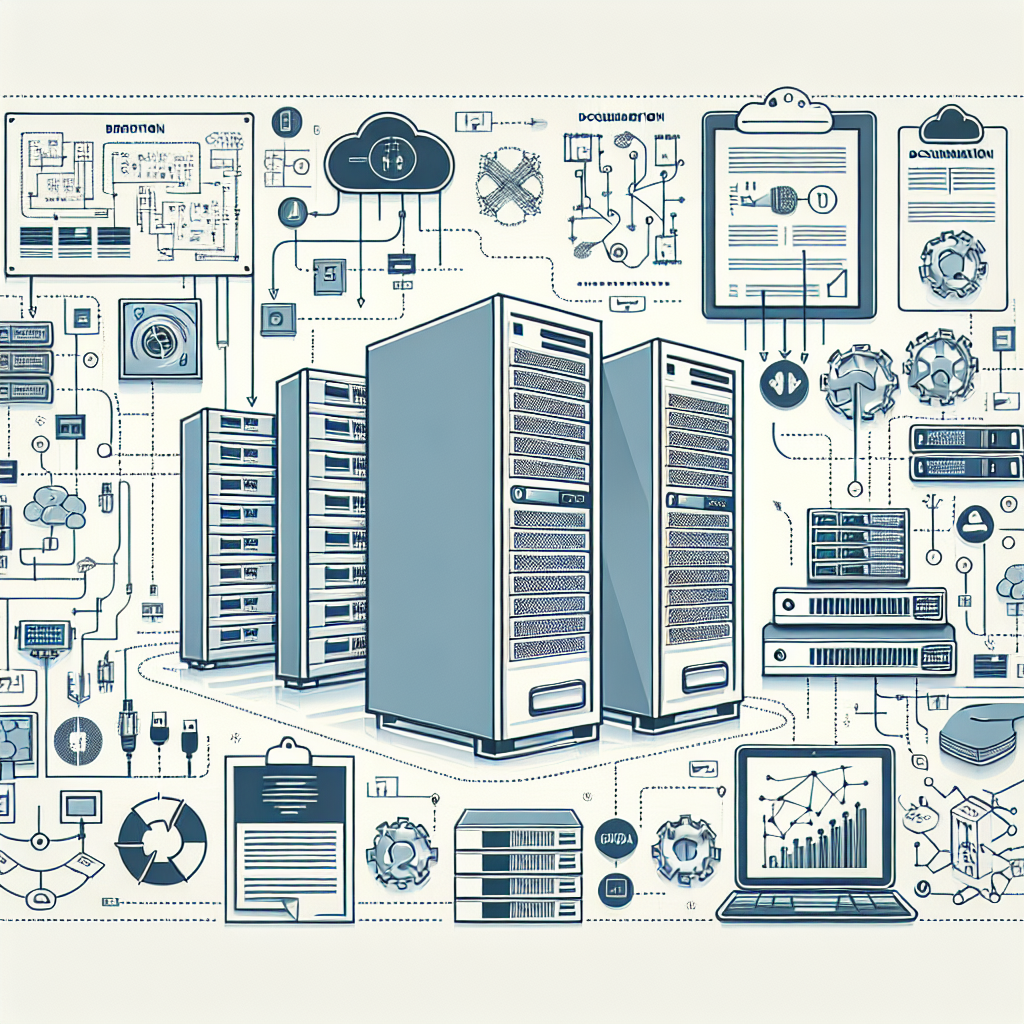Fix today. Protect forever.
Secure your devices with the #1 malware removal and protection software
Data centers are the backbone of modern IT infrastructure, housing the servers, storage systems, networking equipment, and other critical components that keep businesses running smoothly. In order to effectively manage and maintain these complex environments, comprehensive documentation is essential.
Data center documentation refers to the detailed records and information about the physical and virtual components of a data center. This includes everything from the layout and configuration of servers and racks to the network topology and power distribution. By creating and maintaining accurate documentation, IT teams can ensure that they have a clear understanding of the data center environment and can quickly troubleshoot issues, make changes, and plan for future upgrades.
One of the key benefits of data center documentation is improved efficiency. With a well-documented data center, IT teams can easily locate and identify specific components, reducing the time it takes to resolve issues and make changes. This can help minimize downtime and ensure that critical systems are up and running as quickly as possible.
Documentation also plays a crucial role in disaster recovery and business continuity planning. In the event of a catastrophic failure or other unforeseen event, having detailed records of the data center environment can help IT teams quickly rebuild and restore systems. This can minimize the impact on business operations and help ensure that data is protected and accessible.
In addition, data center documentation is important for compliance and regulatory purposes. Many industries have strict requirements for data security and privacy, and having accurate documentation can help demonstrate that appropriate measures are in place to protect sensitive information.
To create effective data center documentation, IT teams should start by conducting a thorough audit of the data center environment. This includes documenting the layout of servers and racks, the connections between devices, and the configuration of networking equipment. It’s also important to keep track of software licenses, maintenance schedules, and any other relevant information.
Once the initial documentation is in place, it’s important to keep it updated on a regular basis. As the data center environment changes and evolves, documentation should be revised to reflect these changes. This can help prevent confusion and ensure that IT teams have access to the most current information.
In conclusion, data center documentation is a key component of IT infrastructure management. By creating and maintaining accurate records of the data center environment, IT teams can improve efficiency, enhance disaster recovery planning, and ensure compliance with regulatory requirements. Investing time and resources in comprehensive documentation can pay off in the long run by helping organizations better manage and maintain their data center environments.
Fix today. Protect forever.
Secure your devices with the #1 malware removal and protection software

Leave a Reply
You must be logged in to post a comment.